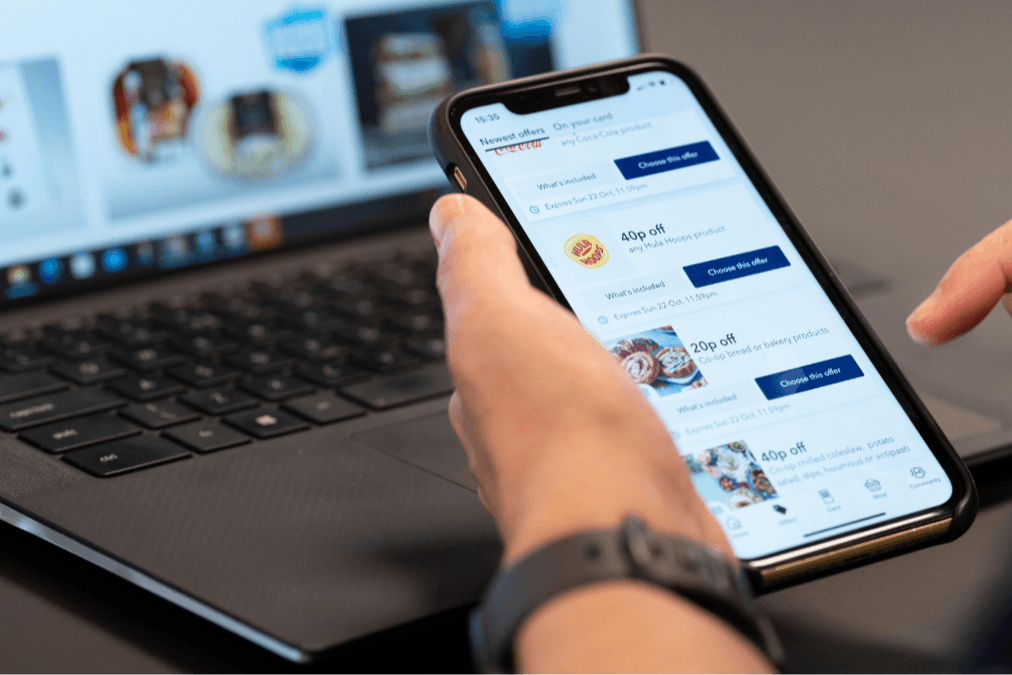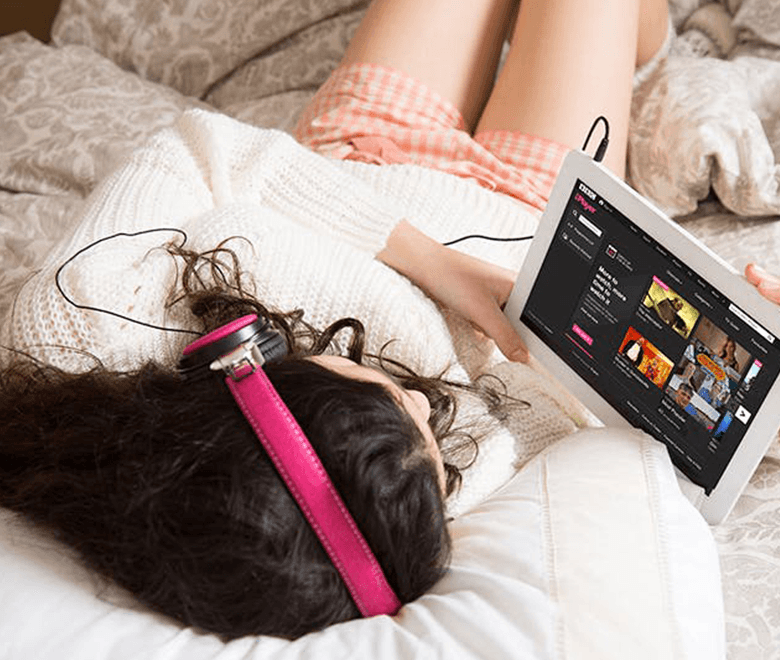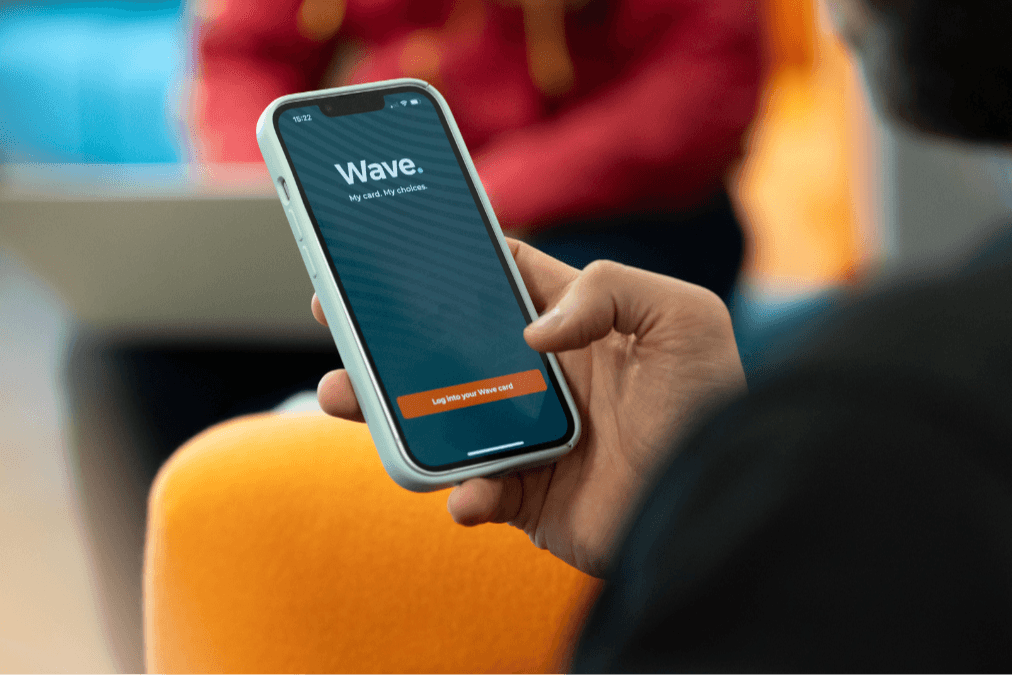How retail apps transform the shopping experience
by Apadmi|Sun Sep 29 2024

How retail apps transform the shopping experience
There has been a clear shift towards integrating online and offline shopping experiences in the retail industry, with retail apps becoming a crucial tool in bridging the gap between digital convenience and the physical shopping experience. As consumer behaviours continue to move towards a more digital-first approach, these apps are playing a pivotal role in shaping the future of retail.
This guide will explore the significance of retail apps in the modern retail ecosystem. We'll cover what defines a successful retail app, the essential features such apps must possess, and the process involved in developing these digital solutions.
What is a retail app?
Retail apps, also known as shopping apps, are sophisticated platforms designed to enhance the shopping experience by offering features and functionalities tailored to the needs and preferences of its users. Retail apps encompass a wide range of capabilities, from browsing and purchasing products to receiving personalised recommendations and accessing exclusive deals. At its core, a retail app aims to provide a convenient, tailored, and engaging shopping experience, accessible from anywhere at any time.They enable retailers to offer a seamless shopping experience that combines the best of both worlds: the convenience of online shopping with the tangible, engaging aspects of in-store visits.
The impact of retail apps on shopping behaviours
Recent studies have shown a substantial increase in app adoption among consumers, with a significant percentage of online purchases now being made through mobile apps. In fact, 60% of UK smartphone users have 1-5 shopping apps downloaded on their device. Furthermore, retail sales in the UK from mobile commerce are expected to surpass £100 billion this year.
These statistics highlight the growing importance of retail apps in the consumer shopping journey and underscore the need for retailers to invest in developing high-quality, user-friendly apps. A successful retail app allows businesses to meet the evolving needs of their customers while driving sales and fostering long-term loyalty.
The evolution of retail apps
Retail apps have journeyed from being a novel idea to an essential component of the retail industry. The early 2010s marked the dawn of retail apps, coinciding with the widespread adoption of smartphones. Initially, these shopping apps were simple, offering basic functionalities like browsing product catalogues and locating stores. Introducing the iPhone and Android smartphones opened new vistas for retail businesses, enabling them to create more sophisticated and interactive apps.
One of the significant milestones in the development of retail apps was the integration of mobile payments, which transformed smartphones into digital wallets, making online shopping more seamless and secure. Over the years, technological advancements such as augmented reality (AR), artificial intelligence (AI), and machine learning have been incorporated into retail apps, further enhancing the shopping experience by offering personalised recommendations, virtual try-ons, and real-time customer support.
Shifting consumer expectations and app evolution
As consumer expectations evolved, so did the features and functionalities of retail apps. Today’s consumers seek convenience and a personalised and engaging shopping experience. They value apps that offer exclusive deals, tailored recommendations based on their shopping history, and the ability to interact with the app more naturally and intuitively.
In line with these evolving expectations, gamification has emerged as a powerful tool to captivate and entertain users, encouraging repeat visits and sustained engagement.
The demand for a more bespoke shopping experience has led to adopting AI and data analytics in retail apps, enabling businesses to better understand and anticipate consumer needs. Features like AR for virtual try-ons, voice search, and chatbots for customer service have become more common, offering consumers a more interactive shopping experience.
Apadmi has explored these themes in our 2024 Retail Apps Survey where we surveyed over 1000 consumers to investigate how consumers interact with retail apps.
Must-have features for retail apps
In the competitive retail app market, certain features are not just nice to have; they're essential. Each feature plays a crucial role in enhancing the retail app experience, encouraging user engagement, and ultimately driving sales.
User-friendly design
A user-friendly design is the backbone of any successful retail app. It ensures that customers can navigate the app intuitively, find what they're looking for with ease, and enjoy the shopping process from start to finish. A well-designed app minimises frustration and maximises efficiency, leading to higher engagement and conversion rates.
Personalised experiences
Personalisation elevates the shopping experience by making it tailored to the individual shopper. By leveraging data analytics and AI, retail apps can offer bespoke product recommendations, tailored discounts, and customised content that resonates with the user's preferences and shopping history.
Secure payment options
Security is paramount when it comes to online transactions. Offering a variety of secure payment options instils trust in your customers and provides them with the flexibility to choose their preferred payment method, whether it's credit/debit cards, mobile wallets, or even cryptocurrency.
Loyalty programmes
Loyalty programs incentivise repeat business by rewarding customers for their continued patronage. An app-based loyalty program can offer a more seamless and engaging way for customers to track their rewards, access exclusive deals, and feel valued by the brand.
Augmented Reality (AR)
AR technology can revolutionise the shopping experience by allowing customers to visualise products in their own space before making a purchase. This not only enhances customer satisfaction but can also reduce return rates by providing a more accurate sense of the product.
The retail app development process
Creating a retail app that stands out in a crowded marketplace requires careful planning, execution, and ongoing commitment. Here's a roadmap to guide you from the initial spark of an idea to a successful app launch and beyond.
Step 1: Ideation and Conceptualisation
Every successful app begins with a solid idea. Define your app's purpose, target audience, and the unique value proposition that sets it apart from the competition. This phase is all about brainstorming and refining your concept based on market needs and potential gaps in the existing retail app landscape.
Step 2: User research
Dive deep into user research to gather insights about your target customers, competitors, and the latest trends in retail app development. This step is crucial for validating your app idea and ensuring it can captivate your intended audience.
Step 3: Design phase
The design phase is where your app starts to take shape visually and functionally. Focus on creating a user-friendly interface with intuitive navigation. This stage involves wireframing, prototyping, and user testing to refine the app's design based on real user feedback.
Step 3: Development
With the design in hand, it's time for the development team to build the app. This phase includes setting up the back-end infrastructure, coding the front-end interface, and integrating essential features like payment processing, security measures, and personalised elements like AR functionalities or loyalty programs.
Step 4: Testing
Rigorous testing is essential to ensure your app is bug-free, user-friendly, and ready for the public. Conduct a mix of automated and manual testing, including usability, performance, security, and compatibility tests. Gather feedback from beta testers to identify any issues or areas for improvement.
Step 5: Launch
With testing complete, your app is ready for launch.Whether it's a soft launch to gather initial user feedback or a full-scale launch campaign, don’t forget to include App Store Optimisation in your strategy in order to give your app the best possible chance of success. Remember, the launch is just the beginning of your app's journey.
Step 6: Post-launch: Iteration and improvement
After launch, continuously collect and analyse data to refine and improve your app. Update it regularly with new features, security enhancements, and performance improvements to keep users engaged and ensure long-term success.
Choose Apadmi to craft your retail app
As industry leaders in app development, Apadmi have a proven track record of delivering exceptional retail apps for the likes of Poundland, Co-op, Domino’s and Very. Whether you’re looking to build a new app from the ground up or are looking to enhance an existing application, get in touch with our team of experts to find out how we can help you drive revenue and unlock growth.
Share



